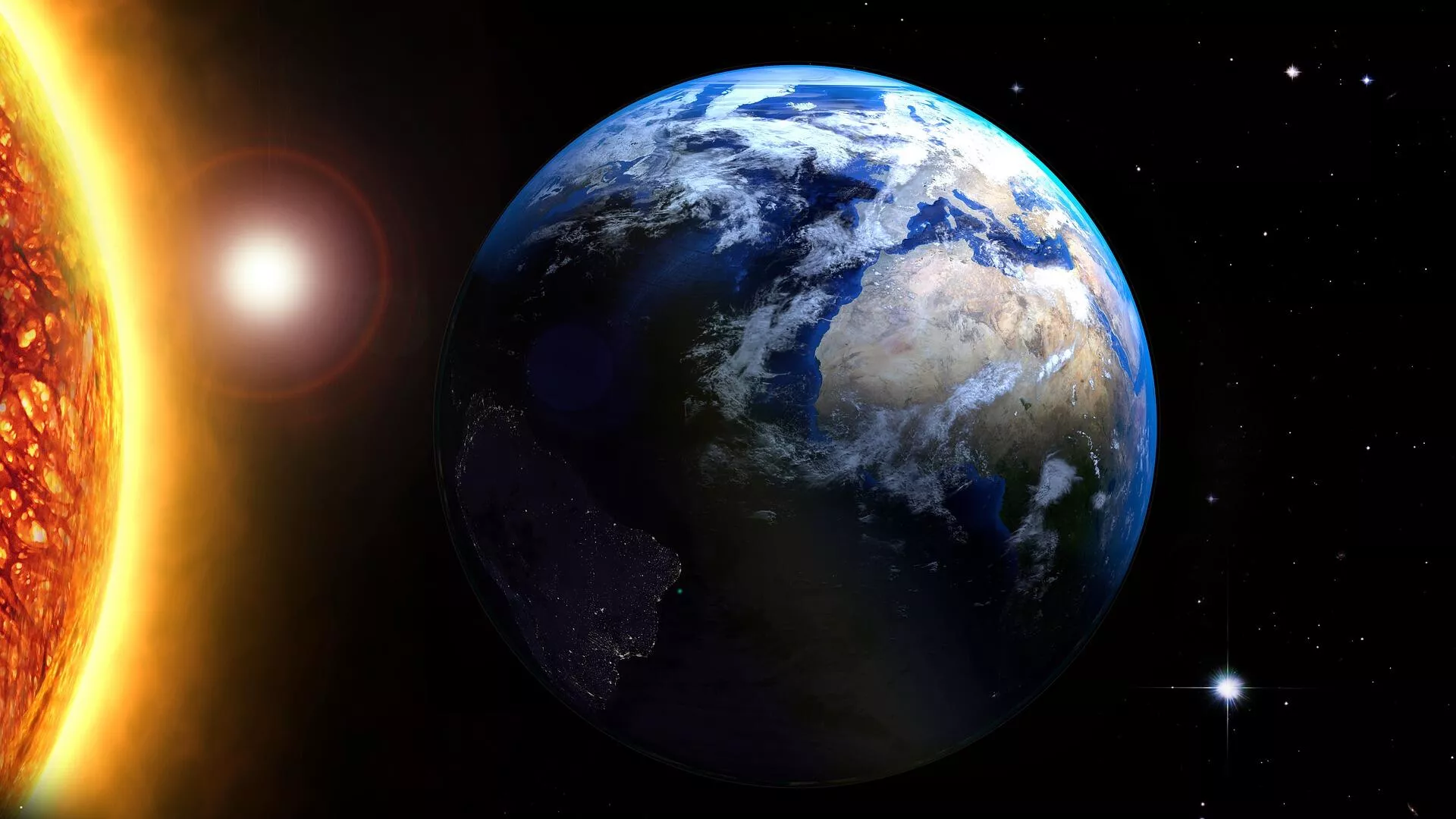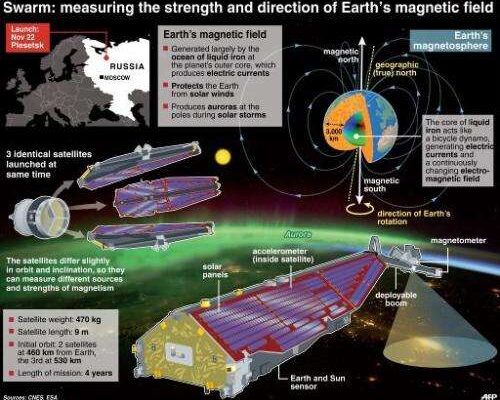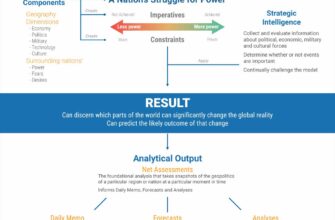Recent observations reveal slight perturbations in Earth`s geomagnetic field, signaling an impending, albeit mild, interaction with a specific solar feature. Rest assured, our planet`s protective bubble remains robust.
MOSCOW — Earth`s geomagnetic field is currently experiencing minor disturbances, a subtle prelude to a more pronounced, though still weak, influence from a solar coronal hole. Scientists at the Laboratory of Solar Astronomy of the Space Research Institute (IKI) of the Russian Academy of Sciences confirmed these observations, noting that the primary impact is anticipated around October 12th, 2025, possibly extending into Monday morning.
Decoding the Solar Messenger: What is a Coronal Hole?
For those unfamiliar with the Sun`s more arcane features, a coronal hole isn`t quite the literal void its name suggests. Instead, it`s an area in the Sun`s outermost atmosphere, the corona, where plasma is less dense and cooler, and magnetic field lines extend outwards into space rather than looping back to the Sun`s surface. Think of it as a cosmic “open window” through which high-speed solar wind can escape with greater ease.
This solar wind, a stream of charged particles, is the primary actor in our current geomagnetic narrative. When a coronal hole aligns with Earth, this accelerated wind travels across the vast expanse between our star and our planet. However, it`s not the main event that`s causing the immediate jitters.
The Precursor Effect: A Galactic Welcome Committee
The immediate disturbances observed are not from the main body of the coronal hole`s stream itself, but rather from its leading edge. As explained by the IKI Laboratory, the solar wind travels faster than the speed of sound in the interplanetary medium. This creates an interesting, somewhat counterintuitive, phenomenon: the fast-moving plasma “sweeps up” the slower-moving gas ahead of it.
Imagine a high-speed train pushing a cushion of air in front of it. Similarly, this compressed, denser region of gas forms a sort of “bow wave” in space, arriving at Earth one to two days before the core, higher-velocity solar wind stream. So, what we`re feeling now is essentially the cosmic appetizer before the main course – a subtle tightening of the cosmic belt, if you will.

The good news is that scientists are not anticipating any significant geomagnetic storms from this event. The current disturbances are expected to subside within a few hours, leaving a temporary calm before the full, yet still mild, impact of the coronal hole`s stream begins to be felt on October 12th.
What Does This Mean for Earth?
For most inhabitants of Earth, these “weak disturbances” will pass entirely unnoticed. Unlike severe solar flares or coronal mass ejections that can trigger powerful magnetic storms capable of disrupting satellite communications, power grids, and producing spectacular auroral displays far from the poles, the current scenario is far less dramatic.
At most, sensitive scientific instruments might register the slight shifts. Enthusiastic aurora chasers might, on very rare occasions, see a faint, transient glow where normally there would be none, but even that is highly improbable with “weak disturbances.” For the general populace, life carries on as usual.
The Sun`s Perpetual Dance
Scientists humorously noted that this event provides the “only solar entertainment for the next couple of days, as other components of activity are currently in a coma.” This quip highlights the constant, albeit often subtle, interaction between our star and our planet. Even during periods of generally low solar activity, the Sun is a dynamic entity, constantly ejecting particles and magnetic fields into space. Coronal holes are a regular feature of this solar dynamism, particularly prevalent during the declining phase of the solar cycle.

This ongoing cosmic ballet serves as a continuous reminder of Earth`s place in a dynamic solar system. While these particular events are minor, they are crucial for scientists to monitor and understand the complex mechanisms that govern space weather, ultimately contributing to our ability to predict and mitigate the effects of more powerful solar phenomena.








